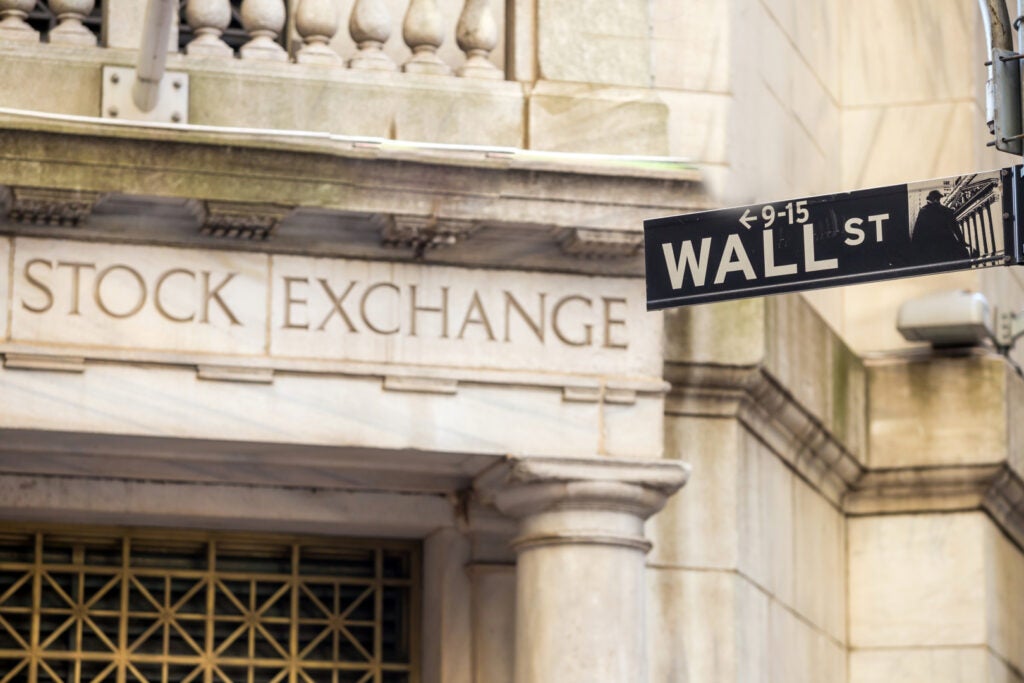
ECH ETF: Rate Come-Down Releasing Some Reserves
cokada
The iShares MSCI Chile ETF (BATS:ECH) is a pretty representative slice of the Chilean market. A lot of financial exposures and some mining exposures. In all, their economy looks decent. They had aggressive rate hikes that they are now dialing back and it is improving the outlook for the banking stocks which have been able to benefit from a period of higher interest rates while getting loan growth. The mining exposures are also secularly quite well positioned, although there is the issue of nationalisation and the intermediate issue of Chinese EV demand. ECH doesn’t look too bad, but it’s also not a no-brain ETF.
ECH Breakdown
Financials (25%) are the largest exposure in the ETF, and there is substantial skew in the top holdings to financial and industrial (22%) stocks from Chile.
ECH Top Holdings (iShares.com)
It’s worth discussing some of the largest ones to understand the direction of the ETF. The banking exposures are correlated, so beginning with those we see that there was some impact on their loss reserves due to the rapidly rising interest rates.
Macro Indicators (Q2 2023 Pres Banco De Chile)
Chilean rates had come up faster than almost any other country but have since stalled at higher levels to address the inflation, and are now coming down. Their policy rate sees a 3% limit to inflation, and they have concluded the inflation is coming down at a satisfactory pace in order to bring down rates.
For banks, this is good news. They have benefited from higher NIMs for the most part, and while loss reserves grew due to the pressure of higher rates on the economy, the come-down of interest rates is allowing loss reserves to release. Moreover, some fixed component of their long portfolio has been established as well and that will add to earnings power going forward.
The main mining and industrial exposure, Sociedad Quimica y Minera de Chile (SQM), is exposed to secular trends in commodities like lithium. The trouble is that the Chilean government wants to nationalise this resource as they did with copper. That doesn’t mean appropriation, but it does mean that at some point in the next 7 years or so, the state would be the one participating in the next round of lithium contracts, and these companies’ lithium businesses, among the largest in the world, will eventually be moved to a state controlled entity for a price. This is pending congress approval though, and in general congress has been a hard check on all the plans by the socialist president, where attitudes are increasingly right-wing in the nation. There is dis-synergy in state ownership since it could come with more taxes and difficulties in acquiring Chilean lithium, and this may impact the terms of the deal, which at this stage are undefined and uncertain.
Bottom Line
The ETF’s PE is low at around 5x. It is due to the complexity around the mining exposures, and the fact that Chile in general has a discount. Does it deserve that discount? Yes, it probably does. It’s not very politically stable anymore despite for years being one of the most solid countries in the region, although it dealt with the aftermath of the turnpike revolution better than expected, with the new socialist constitution not going through, and now the assembly being controlled by the right wing who will draw up the new constitution.
There is upside on FX. While the Chilean copper industry is nationalised, secular demand for copper lends strength to the CLP, and for foreign investors that could present an upside. But demand of copper and lithium for that matter depend a lot on Chinese demand, especially lithium. China is not a reliable demand sink anymore and it shows in the SQM results.
While financial exposures are going to benefit from better looking economic indicators, including inflation, rates and probably a bump to a beleaguered GDP line, we aren’t terribly compelled to get exposed to this ETF right now despite also the low PE ratio. The expense ratio is a little high at 0.58%, and worrying about a risk-off environment, we are not sure the incremental dollar would go into a market like Chile.

